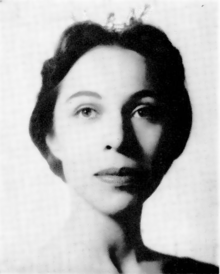
Her name was Maria Tallchief, and at the peak of her career in the 1940s, she was the prima ballerina for the New York City Ballet. More than that, she was widely considered to be America’s first true prima ballerina. At 17, she arrived in New York City and landed an apprenticeship in a ballet company. One of the dancers became pregnant, and Mme. Tallchief stepped into her role. Soon, the American dancer‘s talent eclipsed that of the Russians in the Ballet Russe de Monte Carlo, where she met and soon married celebrated choreographer George Balanchine.
